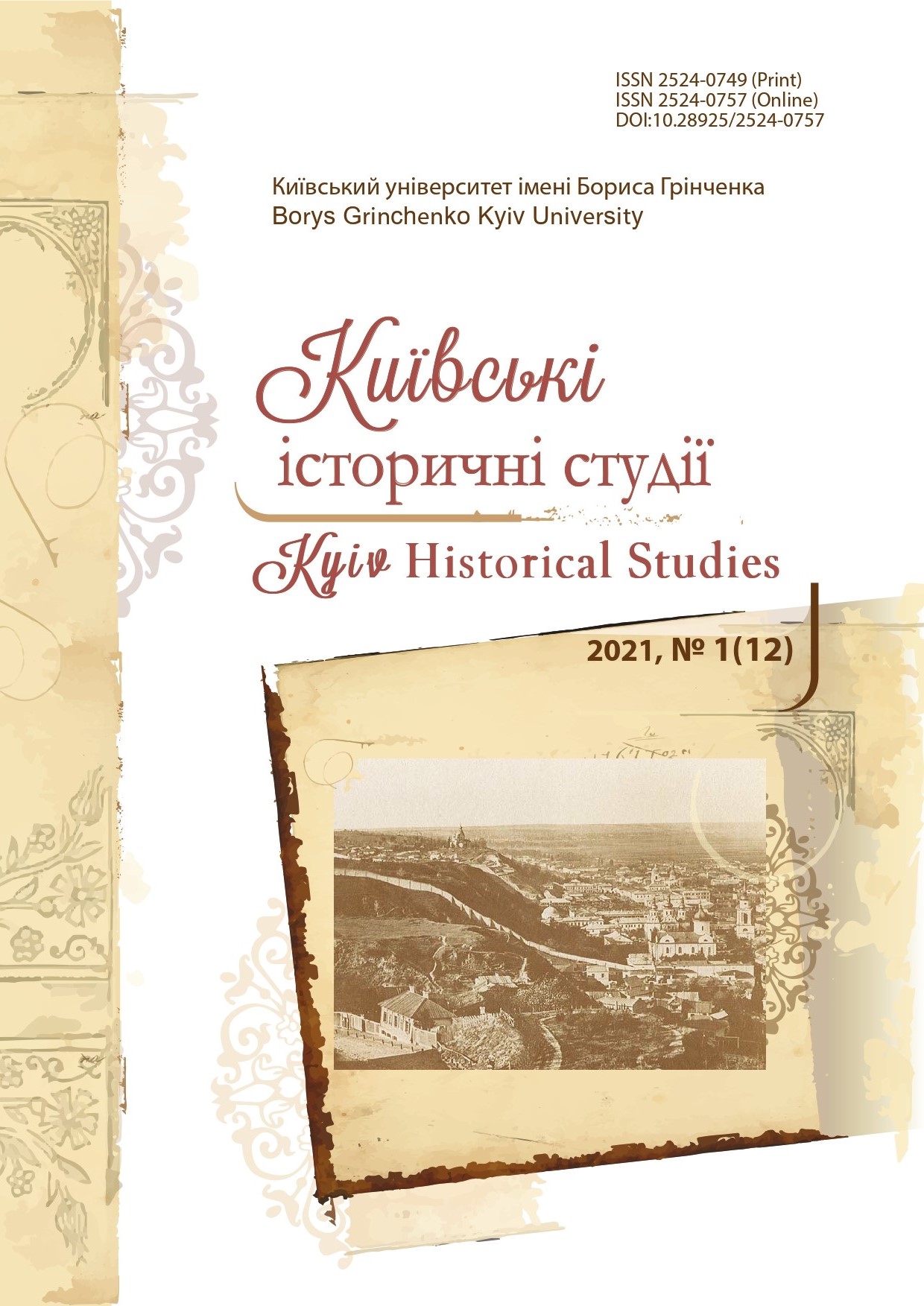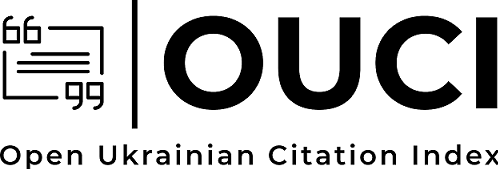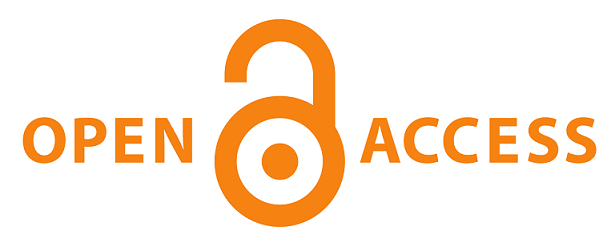The Media in the Mechanism of Holodomor of 1932–1933s (Kyiv Regional Newspapers: case study)
DOI:
https://doi.org/10.28925/2524-0757.2021.120Keywords:
Holodomor, local media, authority, executors of Holodomor, “robsilkory”Abstract
The article aims to research the role of the local media in the authorities’ Holodomor strategies in 1932–1933s within the context of the Kyiv regional newspapers. The research methodology includes the combination of number of historical methods: comparative, source studies, contextual analyses, structural and functional analyses. The article is a first attempt to investigate the function of the regional media in the field of the implementation of the authorities’ Holodomor policy. The following issues are examined: the approaches of the different echelons of the authority to the determination of the role of the regional media in the ideological and political-economical campaign on the territory of Holodomor; the regulation by the authorities of the local newspaper’s correspondents (“robsilkory”) activity; the process of the transformation of the ”robsilkory” into executors of the Holodomor policy and the responders for its realization. The regional media played a significant role in the authority’s plans in regard to the organization of the Holodomor. The function of newspapers was not only ideologically influence on the population, but also to implement the measures aimed at the formation of the mechanism of Holodomor. The content of the Kyiv regional media show that the media really functioned as a implementers of the authorities’ strategies, embodied its into the propaganda as well as practices. The media’s staff and the “robsilkors” were the active executors of the Holodomor in the lower level. It forms the basic preconditions for the reflection in the regional media the number aspects of mechanism of the Holodomor turning there media into a significance source of its tragic history.
Downloads
References
Boriak, H. (2013). “Arkhivotsyd” v Ukraini 1934–1960-kh rr. yak naslidok Holodomoru. Abstracts of Papers’13: Holod v Ukraini v Ukraini u pershii polovyni XX stolittia: prychyny ta naslidky (1921–1923, 1932–1933, 1946–1947), pp. 13–18, Kyiv [in Ukrainian].
Boriak, H. (2020). “Znyshcheno shliakhom spalennia…”: nevidomyi dokument z istorii arkhivotsydu (Akt znyshchennia Uriadovoho arkhivu Uktrainy u lypni 1941 r.). In Boriak H. (Ed.) Academia Terra
Historiae. Studii na poshanu Valeriia Smoliia, Vol, 1–2, pp. 531–560, Kyiv [in Ukrainian].
Blum, A. V. (2000). Sovetskaia tsenzura v epokhu totalnogo terrora 1929–1953. Sankt-Peterburg [in Russian].
Hudz, V. (2019). Istoriografiia Holodomoru 1932–1933 rokiv v Ukraini: monografiia. Melitopol: FOP Odnorog T. V. [in Ukrainian].
Kulchytskyi, S. (2013). Chervonyi vyklyk. Istoria komunizmu v Ukraini vid ioho narodzhennia do zahybeli, Vol. 2, Kyiv: Tempora [іn Ukrainian].
Marochko, V. & Movchan, O. (2008). Holodomor 1932–1933 rokiv v Ukraini. Khronika. Kyiv: Vydavnychyi dim «Kyievo-Mohylanska Akademia» [іn Ukrainian].
Pyrig, R. (Ed.). (2007). Holodomor 1932–1933 rokiv v Ukraini: dokumenty I materialy. Kyiv: «Kyiv-Mohyla Akademy”, 1128 p. [іn Ukrainian].
Zelenin, I. E. (1992). Politotdely MTS — prodolzhenie politiki chrezvychaishchiny (1933–1934 rr.). Otechestvennaia istoriia, 6, 42–61 [in Russian].
Published
How to Cite
Issue
Section
License
Copyright (c) 2021 Ігор Якубовський

This work is licensed under a Creative Commons Attribution-NonCommercial-ShareAlike 4.0 International License.
Authors who publish in this journal retain the right of authorship of the work and give to the journal right of first publication of this work under the conditions of Creative Commons: Attribution-NonCommercial-ShareAlike 4.0 International (CC BY-NC-SA 4.0), which allows others freely distribute the work published with reference to the authors of the original work and the first publication of this magazine.














